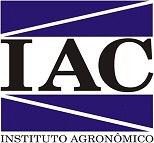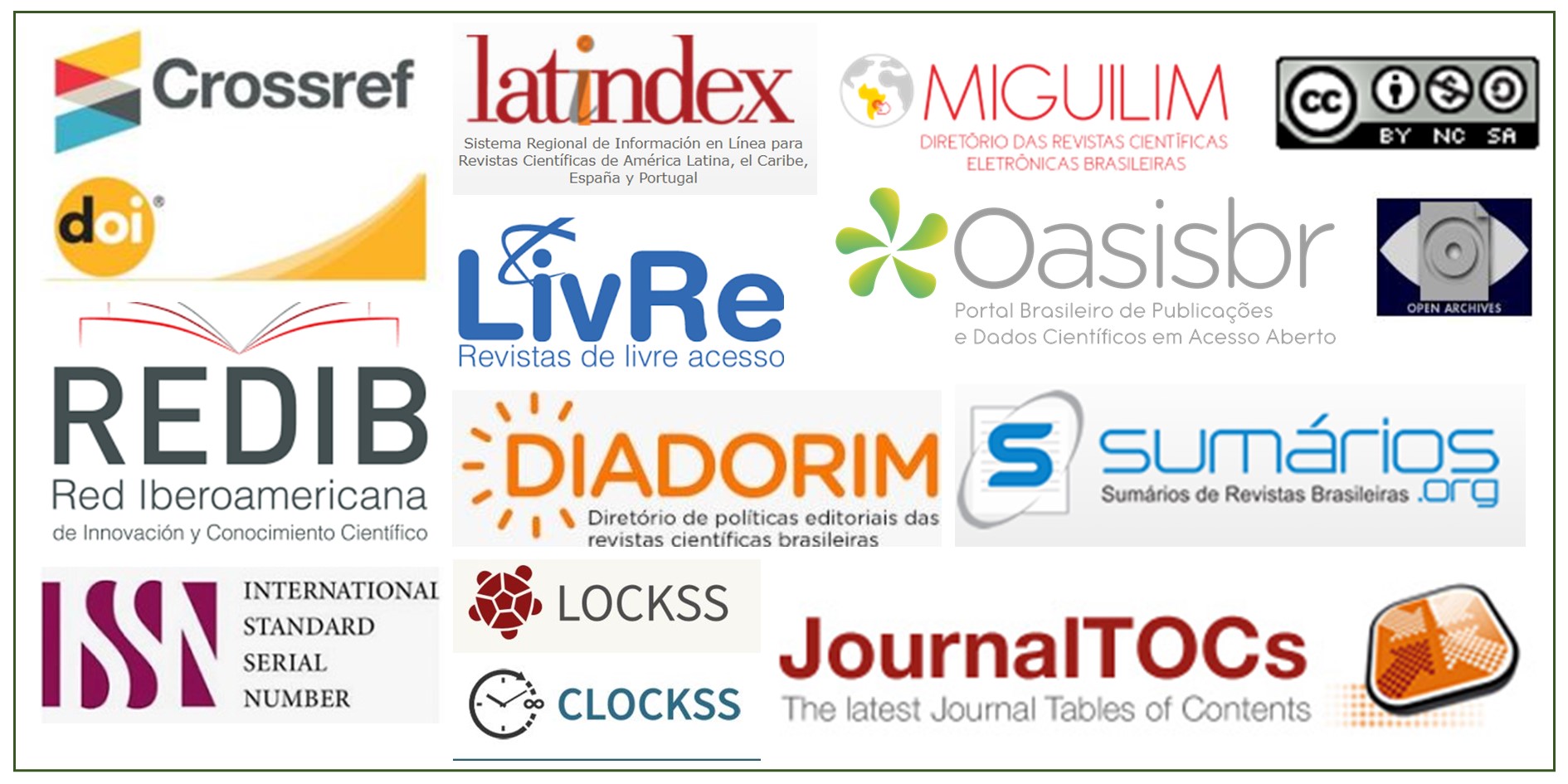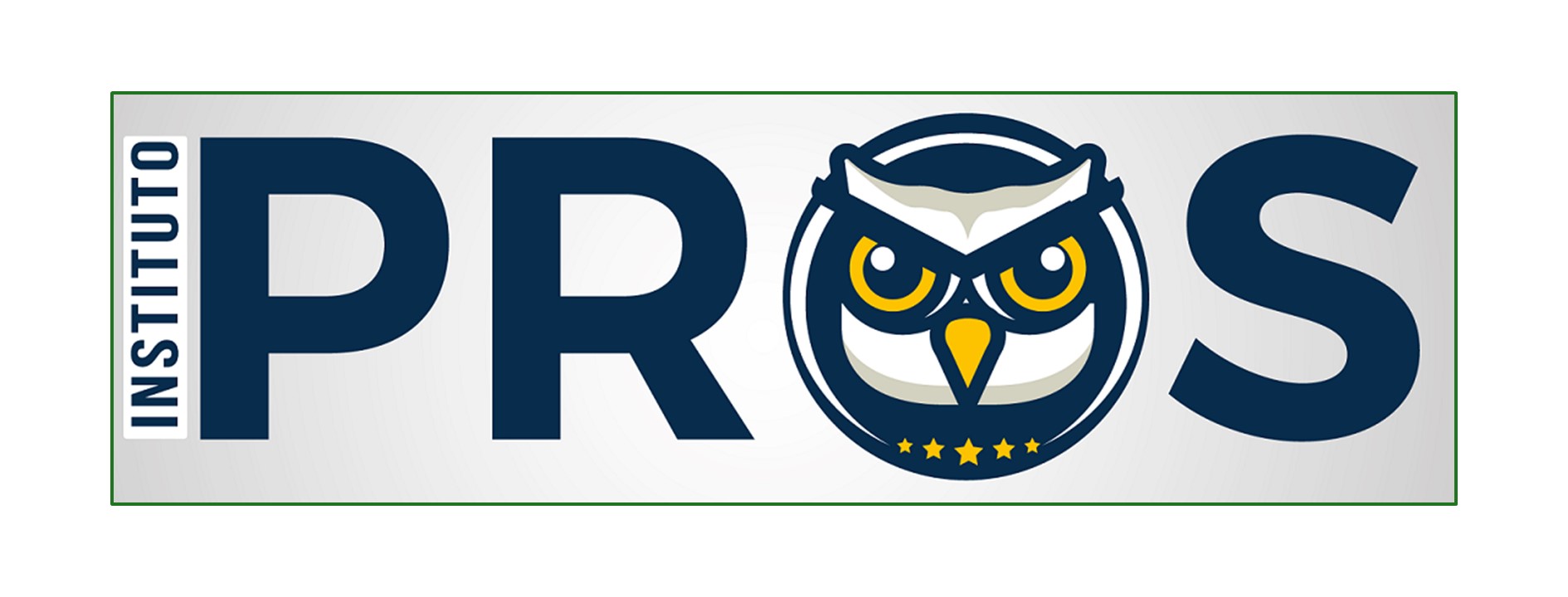Submissions
Submission Preparation Checklist
As part of the submission process, authors are required to check off their submission's compliance with all of the following items, and submissions may be returned to authors that do not adhere to these guidelines.- The submission has not been previously published, nor is it before another journal for consideration (or an explanation has been provided in Comments to the Editor).
- The submission file is in OpenOffice, Microsoft Word, or RTF document file format.
- Where available, URLs for the references have been provided.
- The text is single-spaced; uses a 12-point font; employs italics, rather than underlining (except with URL addresses); and all illustrations, figures, and tables are placed within the text at the appropriate points, rather than at the end.
- The text adheres to the stylistic and bibliographic requirements outlined in the Author Guidelines.
- The article is formatted according to the magazine's rules, according to the model below: https://southamericansciences.com.br/index.php/sas/libraryFiles/downloadPublic/14
Artigos Originais (Ciências Ambientais)
Política padrão de seção
Copyright Notice
This is an open access article distributed under the terms of the Creative Commons Attribution License.
Creative Commons Attribution-NonCommercial-ShareAlike 4.0 International License.
Authors who publish in this journal agree to the following terms:
a) The authors retain copyright and grant the journal the right of first publication, with the work simultaneously licensed under the Attribution-NonCommercial-ShareAlike 4.0 International License, which allows sharing of the work with acknowledgment of authorship and initial publication in Revista SAS. The license permits unrestricted use, distribution, and reproduction in any medium, provided the source is properly acknowledged. This license also permits others to remix, tweak, and build upon your work for non-commercial purposes, provided they attribute to you credit and license the new creations under identical terms.
b) Authors are not entitled to financial compensation in any capacity for articles or reviews published in South American Sciences.
c) The concepts expressed in articles published in South American Sciences are the sole responsibility of their authors.
d) The authors confirm that the contribution is original and unpublished, and is not being evaluated for publication by another journal. They also declare that they are fully responsible for the entire content of the work that they now submit to the editorial team of this journal. In addition, they also confirm that there is no conflict of interest of any kind that could interfere with the impartiality of the scientific work presented by the editorial team.
Privacy Statement
The names and email addresses entered in this journal site will be used exclusively for the stated purposes of this journal and will not be made available for any other purpose or to any other party.








